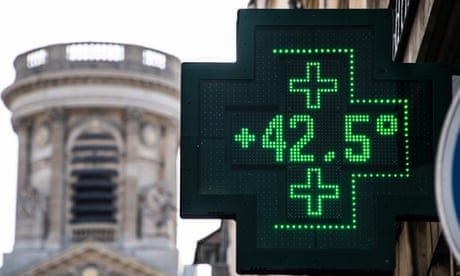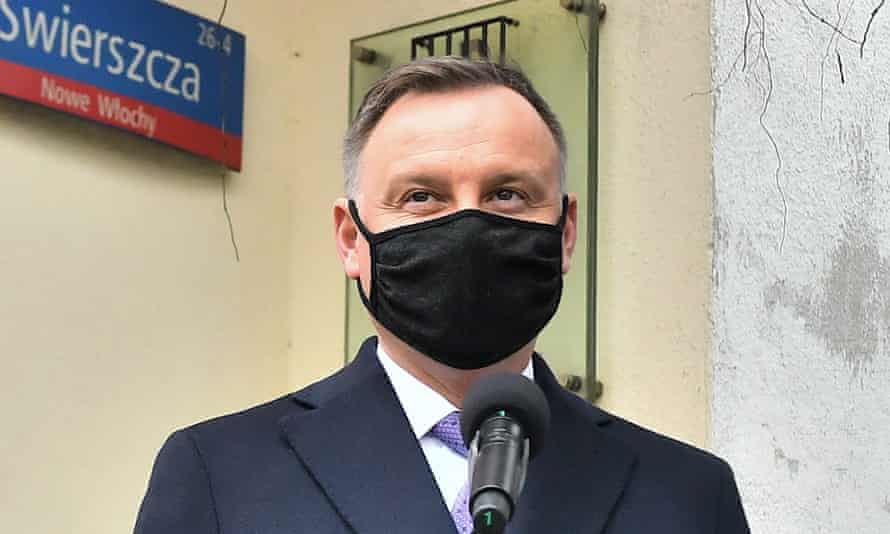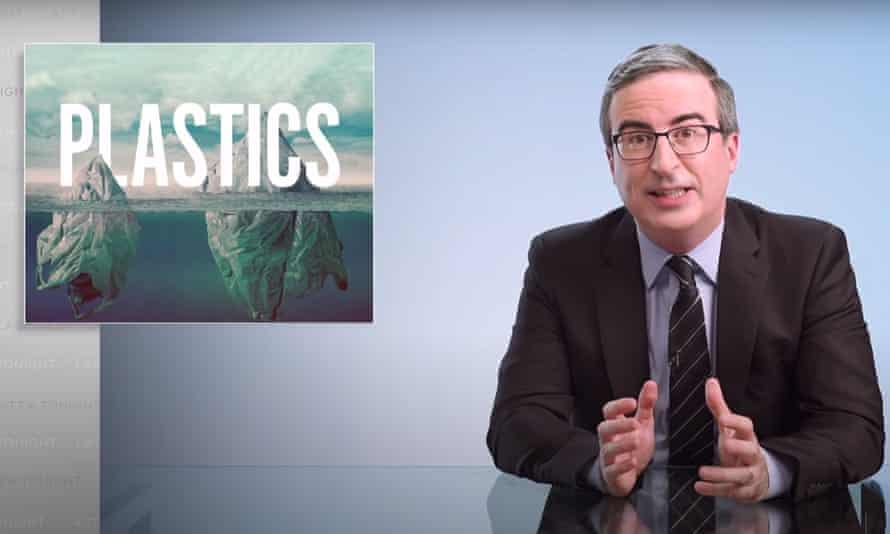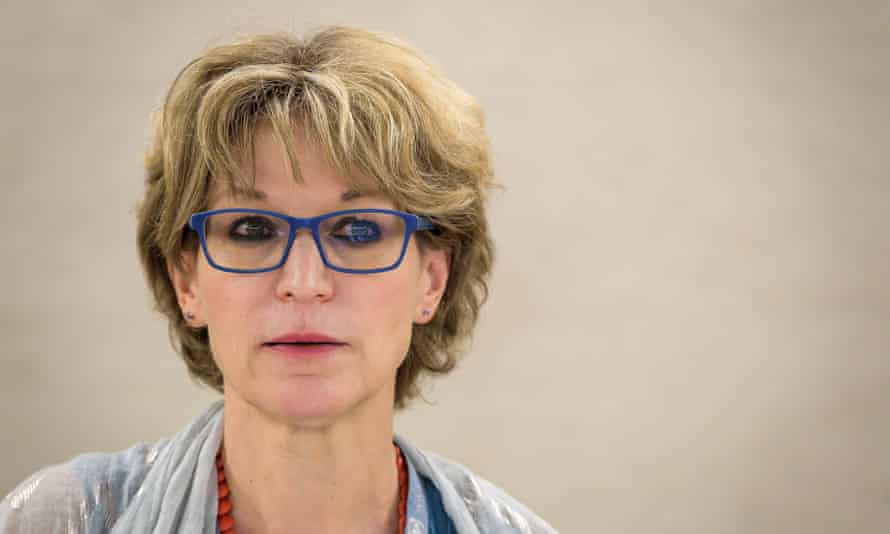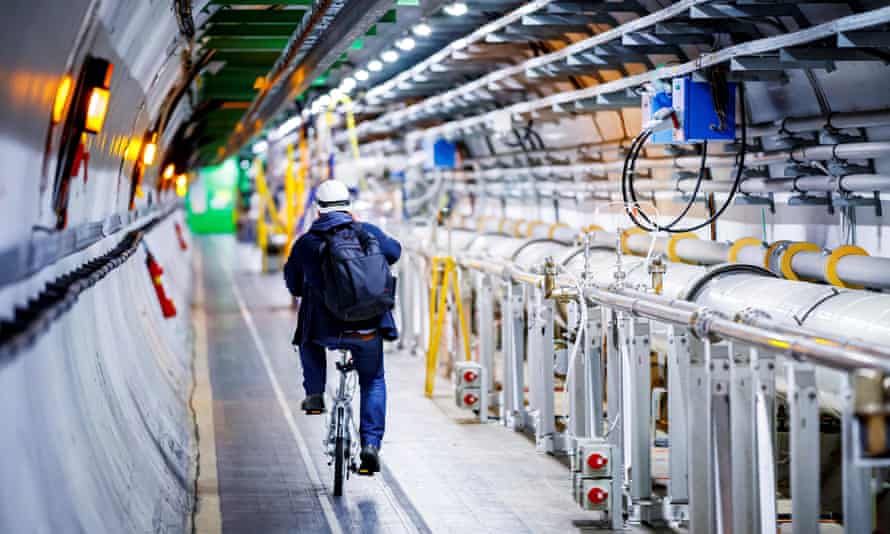Having altered how we think about time, the physicist sets his sights on perhaps the most maddeningly difficult theory of all
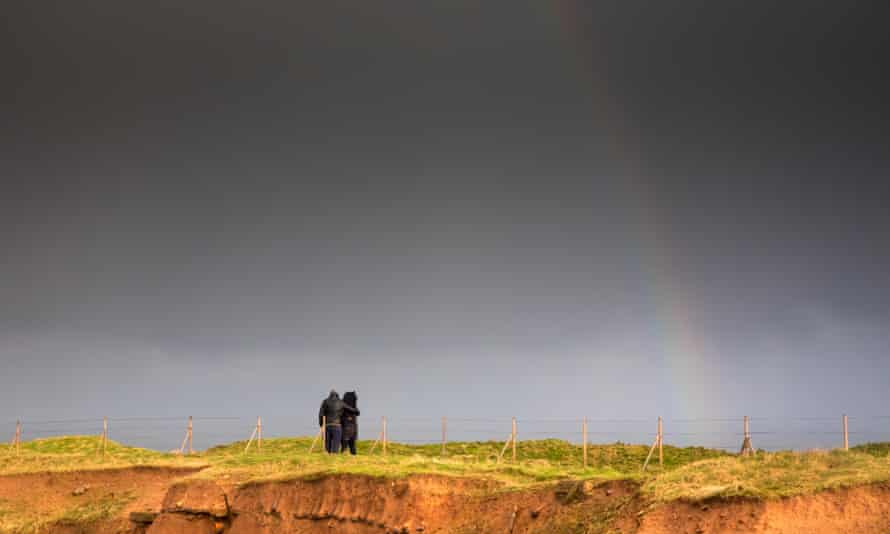
Ian Thomson
Tue 23 Mar 2021
Carlo Rovelli, the Italian theoretical physicist, is one of the great scientific explicators of our time. His wafer-thin essay collection, Seven Brief Lessons on Physics, sold more than 1m copies in English translation in 2015 and remains the world’s fastest-selling science book. In The Order of Time and Reality Is Not What It Seems, Rovelli illuminated the disquieting uncertainties of Einsteinian relativity, gravitational waves and other tentative physics. Nobody said that post-Newtonian physics was easy, but Rovelli’s gift is to bring difficult ideas down a level. His books continue a tradition of jargon-free popular scientific writing from Galileo to Darwin that disappeared in the academic specialisations of the past century. Only in recent years has science become, in publishing terms, popular and attractive again.
Rovelli’s new book, Helgoland, attempts to explain the maddeningly difficult theory of quantum mechanics. The theory was first developed in 1925 by the young German physicist Werner Heisenberg during a summer holiday he spent on the barren North Sea island of Helgoland. It was there that the 23-year-old, stricken by hay fever, conceived of the “strangely beautiful interior” of an atom’s mathematical structure and, at a stroke, overturned the certainties of classical physics. Gone was the old idea that atoms consisted of tiny electrons that moved mechanically round heavier protons – as planets orbit the sun. Heisenberg’s intuition was that electrons moved in diffuse, cloudlike waves.
Excited, he devised mathematical tables (“matrices”) to predict the electrons’ wave mechanics. His work was soon refined by other forward-looking physicists such as Erwin Schrödinger and Paul Dirac. Quantum theory was sired out of Heisenberg’s observations and Einstein’s earlier relativity theory. Until Einstein, scientists believed in a predictable, deterministic universe – one driven by clockwork. Newton’s idea of absolute “true time” ticking relentlessly across the universe was countered by the Einstein theory that there is no single “now” but rather a multitude of “nows”. Heisenberg and his followers, more radical even than Einstein, held that we cannot know the present state of the world in full detail, but only by models of uncertainty and probability. The riddle of quantum theory may ultimately be beyond our tentative, Earth-bound comprehension, says Rovelli; but Newtonian mechanics, though far from obsolete, can no longer account for every aspect of the world we live in.

Our world is understood to be non-deterministic and essentially unpredictable; moreover it works in ways that often strike us as non-intuitive. Quantum theory invites us to see the world as a giant cat’s cradle of relations, where objects exist only in terms of their interaction with one another. Ultimately, says Rovelli, Heisenberg’s is a theory of how things “influence” one another. It forms the basis of all modern technologies from computers to nuclear power, lasers, transistors and MRI scanners.
Fortified with reflections on Vedanta Hinduism (the author has a hippyish past), Buddhism, Dante, Empedocles and Democritus, Rovelli applies quantum theory to various philosophies. Humans exist by virtue of their continuous interactions with one another; so, too, do atoms and electrons. As a happy integration of science, literature and philosophy, Helgoland owes something to the Italian chemist-writer Primo Levi, whose literary-scientific memoir, The Periodic Table, reached the UK bestseller list in 1985 alongside Dick Francis. Rovelli’s book displays a very Levi-like enthusiasm for abstruse facts of all kinds. (The German director FW Murnau, we learn, had filmed parts of Nosferatu on Helgoland in 1922 a couple of years before Heisenberg arrived.)

Carlo Rovelli: ‘Time travel is just what we do every day…’
Undeniably, the book is hard going at times. (“I hope I have not lost my reader,” Rovelli says at one point.) The American physicist Richard Feynman presumably meant it when he said that “nobody understands quantum mechanics”. In his trademark lucid prose, Rovelli does his best to explain why this might be so. Known for his work on loop quantum gravity theory and the pre-Socratic Greek philosopher Anaximander, Rovelli is a deep-thinking, restlessly inquiring spirit who sees no incompatibility between physics and philosophy – only mutual attraction.
Science, in Rovelli’s estimation, is not about certainty; it is informed by a radical distrust of certainty. What is real? What exists? Helgoland, beautifully translated by Erica Segre and Simon Carnell, is the beginning of wisdom in these things.
Helgoland by Carlo Rovelli, translated by Erica Segre and Simon Carnell, is published by Allen Lane (£20).

The theoretical physicist untangles seven topics in a short book that works best when it doesn’t delve too deep

Nicola Davis
@NicolaKSDavis
Sun 11 Oct 2015
When I was a kid, my mother would sneak brussels sprouts on to my plate. I hated those revolting little orbs of bitterness – but Mother was wily. “It’s only a small one,” she’d say, as though diminutive size suddenly rendered the unpalatable acceptable.
I suspect Carlo Rovelli would get on well with my mother. He too is attempting to woo a tough crowd with a portion of something they find hard to swallow: physics. And he’s opting for a similar approach, issuing what JD Salinger would no doubt term a “pretty skimpy-looking book”, just 78 pages long, no doubt hoping his delicate touch will stir up a taste for the subject.
Born of a series of articles in an Italian newspaper and covering just seven topics, Rovelli’s book conveys a simple truth: physics is beautiful and awe-inspiring, its mysteries there for us all to muse upon. And his tone would give Brian Cox a run for his quarks. Elementary particles, he writes, “combine together to infinity like the letters of a cosmic alphabet to tell the immense history of galaxies, of the innumerable stars, of sunlight, of mountains, woods and fields of grain, of the smiling faces of the young at parties and of the night sky studded with stars”.
Despite its austere title, Seven Brief Lessons on Physics is no primer for the budding student, rather a curious paean to science. Einstein’s general theory of relativity, quantum mechanics and the cosmos are covered, but other bastions of the lecture hall, from optics to condensed matter, get the boot in favour of loop quantum gravity and consciousness. For each, Rovelli unpicks the basics before revealing the loose ends scientists have yet to tidy up.
And there is plenty of food for thought. “The difference between past and future only exists when there is heat,” explains Rovelli, deftly leading to the sort of existential ponderings more commonly fuelled by late nights and a bottle of red. “What is the ‘present’?” he asks, pointing out “in physics there is nothing that corresponds to the notion of the ‘now’”. The flow of time, he implies, is simply a matter of statistics.

Seven brief lessons on physics - podcast
Rovelli has a rare knack for conveying the top line of scientific theories in clear and compelling terms without succumbing to the lure of elaborate footnotes. “Planets circle around the sun, and things fall, because space curves,” he writes, neatly summarising the ramifications of Einstein’s general theory of relativity.His attempts at closing the distance between himself (a leading theoretical physicist) and his readers (who, he admits, are likely to “know little or nothing about modern science”) are perhaps less successful, describing his student digs as a “refuge from the tedium of university classes in Bologna” in the manner of a politician angling to be judged “of the people” by hanging out at a local pub. And Rovelli occasionally comes a cropper in his explanations, complacently slipping in references and terminology unlikely to ring bells with his readers. Einstein’s “box of light” thought experiment is bandied about to underline the great man’s scepticism of the later developments of quantum theory,
On the whole his spartan offering is a breath of fresh air. However, it remains to be seen if his pared-back approach could be married with a more in-depth take on physics. Capturing the imagination of a reader is one challenge, but delving deeper while retaining an accessible air is quite another: Richard Feynman, Rovelli is not. Still, perhaps his shorter form is for the best – in exploring the link between physics and the “self”, Rovelli’s occasionally florid tone is given full flight. “Amidst the infinite arabesques of forms which constitute reality we are merely a flourish among innumerably many such flourishes,” he writes, throwing measured enthusiasm out the window.
Rovelli’s approach might be refreshing, but it is still an acquired taste.
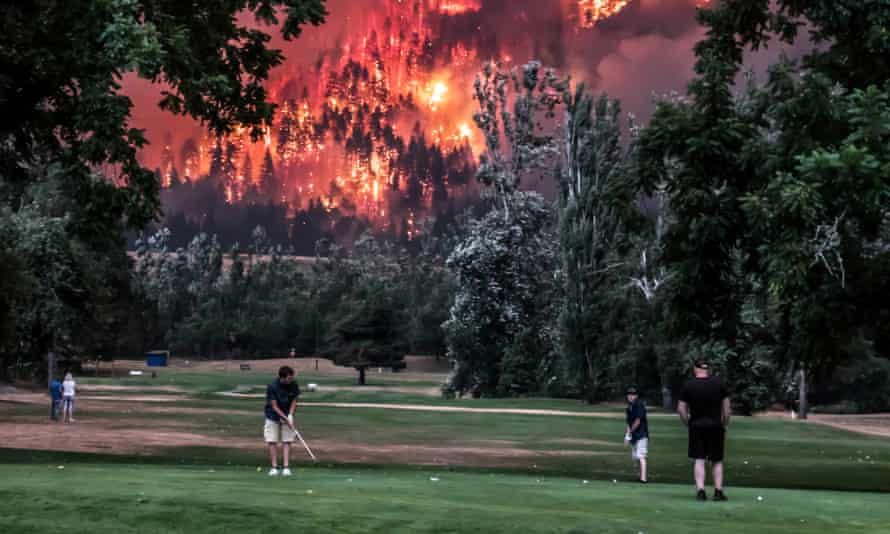
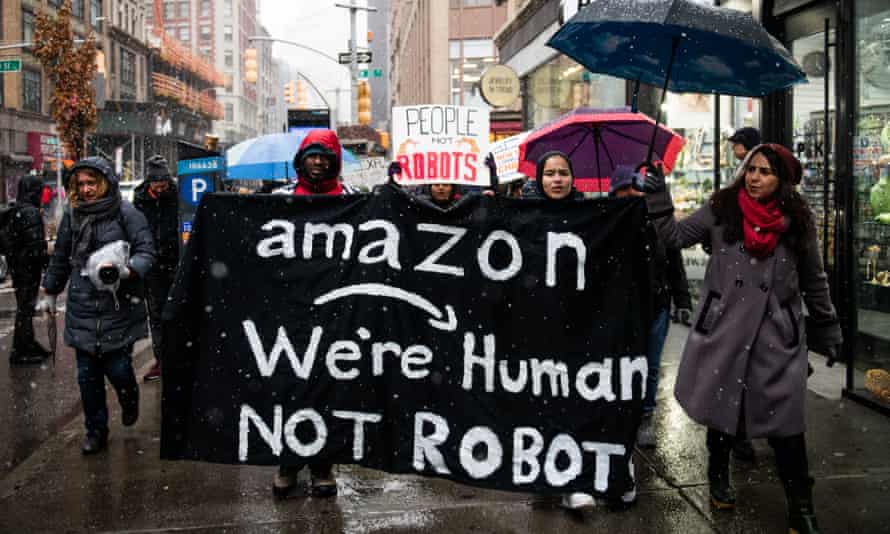 ‘
‘

.png)
